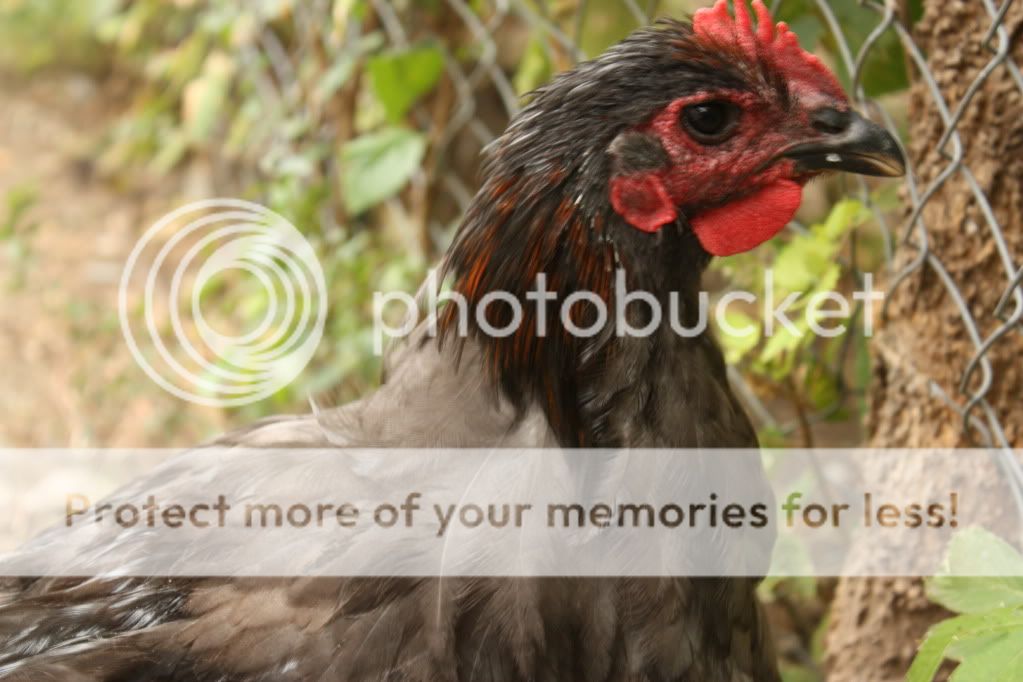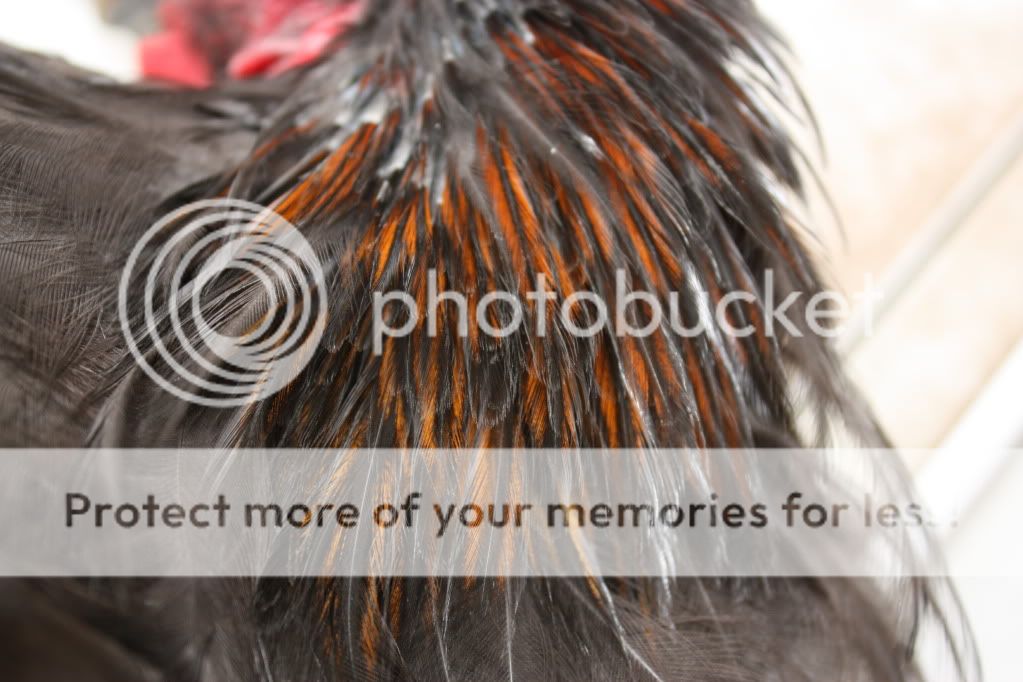Quote:
Correct. It is mostly a male trait because of male versus female primary patterns. Females display ground colour on their breasts, and it is less and more easily melanized. Males can display ground colour on head, hackle, back, saddle, tail & wing triangle, shoulder and bar. Needs a lot more melanizders to cover.
Correct. It is mostly a male trait because of male versus female primary patterns. Females display ground colour on their breasts, and it is less and more easily melanized. Males can display ground colour on head, hackle, back, saddle, tail & wing triangle, shoulder and bar. Needs a lot more melanizders to cover.





